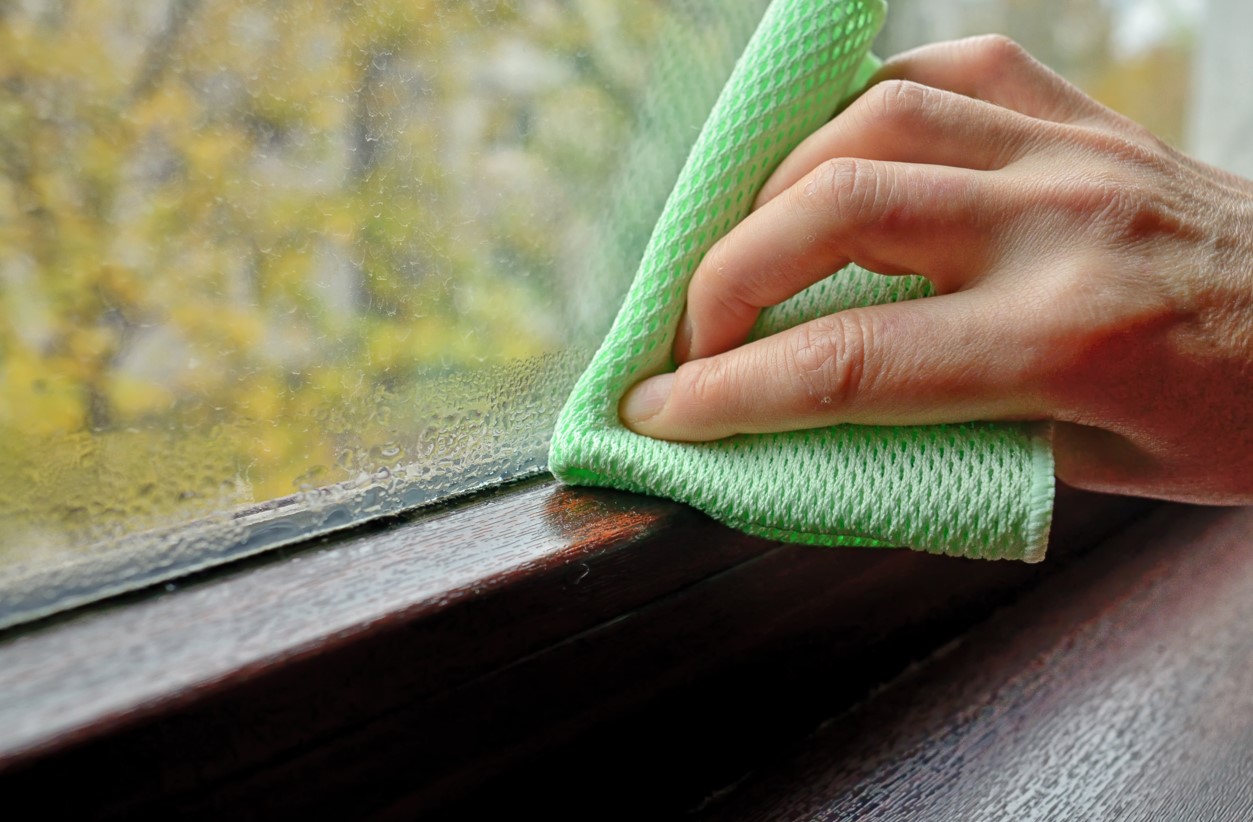A basement window is the best option for adding natural light to a basement, but that unique structural feature is going to require a little bit of maintenance. If you don’t properly maintain your window and window well, then you might find yourself dealing with massive damage and expensive repairs down the road.
Regularly Clear Away Debris
Quite a bit of debris can become trapped in a window well, and it won’t take long for that area to fill up with everything from leaves to outdoor toys. When the well becomes too full, it could result in damage to the window panes and well lining. Piles of debris in the well are also going to increase your risk of a major pest infestation. That is why the well should be decluttered at least once every few weeks and after every storm.
Cleaning
When it comes to cleaning your basement windows, the best thing you can do is use a soft cloth or sponge with warm water and mild detergent. Avoid using abrasive cleaners or sponges on the windows as these may cause scratches or damage. If you have stubborn dirt or grime build up on your windows, try using vinegar diluted with equal parts water to loosen it up before wiping it away. Be sure to dry the window frames thoroughly after cleaning to prevent water damage and mildew growth.
Inspections
It’s a good idea to inspect your basement windows at least once a year for any signs of damage such as cracks, loose frames, corroded hardware, etc. Any damage should be addressed immediately by a professional so that it doesn’t worsen over time and lead to bigger issues down the line. Also, be sure to check that all locks are functioning properly in case you need to use them in an emergency situation.
Weatherproofing
Basement windows are especially vulnerable to weather because they are often located below ground level where rainwater can easily enter the space through tiny cracks or gaps around the frames. To keep these elements out, you should regularly apply caulking around the window frame and add weather stripping where necessary. This will create an airtight seal that will not only protect against moisture but also drafts from coming into your basement space during colder months of the year.
Test the Drainage System
All window wells must have a drainage system that prevents water from collecting at the bottom of the opening. To test the drainage system, you can pour a little bit of water into the well with a garden hose to ensure that no water accumulates. If water does accumulate too quickly, then you should check the drainage system for any clogs in the pipes.
Use a High-Quality Cover
One of the most effective ways to protect your basement window is to install a high-quality cover just over the well. Window well covers come in many different styles, and those barriers keep out quite a bit of debris without blocking too much sunlight. While installing a cover might seem like a relatively easy project, you will probably want to have an expert attach that device to the well so that water drains away from the opening.
Types of Window Well Covers
The most common types of window well covers are plastic bubble covers and metal grates. Plastic bubble covers are lightweight and easy to install. They come in a variety of shapes and sizes, so you can find one that fits your window well perfectly. However, plastic bubble covers don’t always last as long as metal grates because they can crack or break over time due to extreme weather conditions. Metal grates provide more durability than plastic bubble covers; however, some metal grates can be heavy and difficult to install yourself.
Features to Consider
When choosing between window well covers, consider the features that each type of cover offers. For instance, some plastic bubble covers include built-in UV protection which helps protect against sun damage and fading over time. Metal grates may have additional features such as adjustable heights or built-in locks for extra security—both of these features offer added convenience when installing or removing them from your window well. Additionally, some metal grates come with an attached ladder which provides easy access into the basement if needed in an emergency situation.
Installation Tips
No matter what type of window well cover you choose, make sure you follow the manufacturer’s instructions for installation carefully in order for it to work properly and last longer. If you’re installing a metal grate cover yourself, remember that it will require two people—one person should hold up one side while the other person installs it on the other side. If you’re unsure about how to install your chosen cover correctly then consult an experienced professional who has experience with these types of installations before attempting it yourself!
Inspect the Liner
Around the outside of each window well is a liner that is made out of brick, metal, plastic, or another durable material. Over the years, a liner must stand up to quite a bit of wear and tear, and that is why you should regularly inspect it for any signs of potential damage. Even minor damage can compromise the structural integrity of a liner, and a few small cracks might result in the window well collapsing if you don’t carry out repairs right away.
Finally, inspect the caulking around each window every few months as well. Pay special attention to areas where two different materials meet—like wood frames meeting masonry or stucco—for signs of cracking or deterioration in the caulking material. If necessary, reapply fresh caulk to these areas for optimal sealant protection against water leakage into your home’s interior spaces!
Properly taking care of basement windows is essential for keeping them looking great while ensuring that they function optimally year-round. With a few simple steps such as inspecting seals/weather stripping, cleaning frames, clearing out gutters/downspouts, and checking caulking around each window periodically – you can keep those hard-to-reach basement windows looking just like new! Homeowners everywhere can benefit from these tips on how to maintain their basement windows – so why not give it a try?



